The draft of the agri-food strategy to 2030, which sets out targets for agriculture and food over the next 10 years, places a big focus on diversity and increasing biodiversity on farms.
So what is the current picture of habitats on Irish farms? Why do we need biodiversity on-farm and how can we improve habitats?
When we think of biodiversity, we automatically thing hedgerows and habitats, but it is also important to remember that diversity on farms can come from grassland, crop rotations, cover crops and mixed farming systems.
Speaking at a UCD seminar last week, Dr Helen Sheridan reported an average of 13% semi-natural habitat area on Irish grass based farms. These semi-natural areas mainly consist of hedgerows and their associated margins, woodlands and scrub.
Helen stressed that while a significant area of farmland habitat has been retained, the quality of this habitat is often compromised
However, this percentage varies across locations and between farm systems, with reduced levels of marginal and semi-natural habitat types on dairy farms compared with suckler systems, and as you move from north to south of the country, reflecting the ability of the land to produce high levels of agricultural output.
Helen commented that it compares favourably with other countries. For example, figures of 2.1% in the Netherlands, 2-12% in France and 1-4% in Poland have been reported, albeit mainly from arable systems.
However, Helen stressed that while a significant area of farmland habitat has been retained, the quality of this habitat is often compromised and this needs to be addressed.
Field boundaries
In total, 45% of field boundaries surveyed in the UCD study were considered stock-proof hedgerows, approximately 30% were escaped, over 20% were described as relict, while small areas were made up of walls, trees and woodland fringes.
Those relict and escaped hedges are still important for biodiversity, but the hedge is dying out at that stage
Stock-proof hedges are dense and grow vigorously. Escaped hedges are where the hedgerow is becoming gappy and needs significant intervention, such as coppicing or laying to try and rejuvenate it, Helen explained.
Relict hedges are really just a row of trees that have lost their field boundary function. Helen noted: “Those relict and escaped hedges are still important for biodiversity, but the hedge is dying out at that stage.”
Hedgerows and carbon
sequestration
At present, hedgerows are a hot topic due to their ability to store and sequester carbon (C). Teagasc is currently carrying out a hedgerow survey, but definitive results from this project are not expected for three years.
However, Helen outlined findings from a UK study, which suggests hedgerows can potentially store between 32t and 40t of C/ha above ground and approximately 38t C/ha below ground.

Laying hedgerows can help to rejuvenate it which can increase biodiversity uses and increase carbon sequestration potential.
With that said, the carbon storage potential can vary hugely between different quality hedgerows and this is why appropriate management is essential. While there is a need for escaped and relict hedgerows, Helen noted that they will be lost if there is no intervention and that hedges need to be growing vigorously, like stock proof hedgerows.
Field margins
Field margins are really good sources of biodiversity and great homes and travel routes for wildlife.
About 50% of field margins across a survey of 50 farms (251km) were made up of grasses and wildflowers, which is good, although Helen did comment that there is room to increase the percentage of wildflowers in the mix.
Of concern in these habitats was the appearance of brambles and nutrient-responsive plants like nettles, signalling nutrient enrichment, likely as a result of fertiliser and/or slurry misplacement into these areas.
Helen noted that while the species in these field margins are not necessarily rare, field margins need to be managed and maintained to allow them to continue to exist. She commented that we need to maintain “areas for biodiversity, even in our most agriculturally productive areas.”
Policy should not result in habitat replacement
Helen added that we need to manage, maintain and enhance habitat quality, and prevent the replacement of particular habitat types by those of lower ecological value.
“We need to be very conscious of this in terms of planning for land use and addressing environmental concerns, particularly around climate issues.
We must be careful when developing policies that may result in land use change, that we don’t address one environmental issue but potentially exacerbate another
“There’s been a lot of talk about how we might address our current greenhouse gas requirements, under the Paris Agreement for example, but we need to keep in mind that we have both a climate and a biodiversity crisis.
“We must be careful when developing policies that may result in land use change, that we don’t address one environmental issue but potentially exacerbate another.”
Comment
Farmers are constantly being asked to increase biodiversity on farms and create new habitats.
The new REAP scheme will see farmers rewarded for planting new hedgerows and trees, as well as for? the maintenance of habitats – signs of progress.
Yet, farmers submitting their Basic Payment Scheme (BPS) applications at present are looking at areas on their farms that are full of biodiversity marked off from payment.
Areas of trees, scrub and ponds are outlined on the maps and no payment is received for these species-rich areas.
Areas planted under previous environmental schemes are now no longer eligible for payments
All current advice on habitats carries the clear message to maintain and improve what we have. Yet there is no incentive for farmers to maintain these areas. Farmers are not paid for having they them and, while the vast majority do maintain and look after these habitats, others have opted to remove these areas over the years and put them back into production.
Areas planted under previous environmental schemes are now no longer eligible for payments.
Providing payment for a few years in an environmental scheme is only the start of it.
If these habitats are to really flourish, they need to be included in BPS payments.
The draft of the agri-food strategy to 2030, which sets out targets for agriculture and food over the next 10 years, places a big focus on diversity and increasing biodiversity on farms.
So what is the current picture of habitats on Irish farms? Why do we need biodiversity on-farm and how can we improve habitats?
When we think of biodiversity, we automatically thing hedgerows and habitats, but it is also important to remember that diversity on farms can come from grassland, crop rotations, cover crops and mixed farming systems.
Speaking at a UCD seminar last week, Dr Helen Sheridan reported an average of 13% semi-natural habitat area on Irish grass based farms. These semi-natural areas mainly consist of hedgerows and their associated margins, woodlands and scrub.
Helen stressed that while a significant area of farmland habitat has been retained, the quality of this habitat is often compromised
However, this percentage varies across locations and between farm systems, with reduced levels of marginal and semi-natural habitat types on dairy farms compared with suckler systems, and as you move from north to south of the country, reflecting the ability of the land to produce high levels of agricultural output.
Helen commented that it compares favourably with other countries. For example, figures of 2.1% in the Netherlands, 2-12% in France and 1-4% in Poland have been reported, albeit mainly from arable systems.
However, Helen stressed that while a significant area of farmland habitat has been retained, the quality of this habitat is often compromised and this needs to be addressed.
Field boundaries
In total, 45% of field boundaries surveyed in the UCD study were considered stock-proof hedgerows, approximately 30% were escaped, over 20% were described as relict, while small areas were made up of walls, trees and woodland fringes.
Those relict and escaped hedges are still important for biodiversity, but the hedge is dying out at that stage
Stock-proof hedges are dense and grow vigorously. Escaped hedges are where the hedgerow is becoming gappy and needs significant intervention, such as coppicing or laying to try and rejuvenate it, Helen explained.
Relict hedges are really just a row of trees that have lost their field boundary function. Helen noted: “Those relict and escaped hedges are still important for biodiversity, but the hedge is dying out at that stage.”
Hedgerows and carbon
sequestration
At present, hedgerows are a hot topic due to their ability to store and sequester carbon (C). Teagasc is currently carrying out a hedgerow survey, but definitive results from this project are not expected for three years.
However, Helen outlined findings from a UK study, which suggests hedgerows can potentially store between 32t and 40t of C/ha above ground and approximately 38t C/ha below ground.

Laying hedgerows can help to rejuvenate it which can increase biodiversity uses and increase carbon sequestration potential.
With that said, the carbon storage potential can vary hugely between different quality hedgerows and this is why appropriate management is essential. While there is a need for escaped and relict hedgerows, Helen noted that they will be lost if there is no intervention and that hedges need to be growing vigorously, like stock proof hedgerows.
Field margins
Field margins are really good sources of biodiversity and great homes and travel routes for wildlife.
About 50% of field margins across a survey of 50 farms (251km) were made up of grasses and wildflowers, which is good, although Helen did comment that there is room to increase the percentage of wildflowers in the mix.
Of concern in these habitats was the appearance of brambles and nutrient-responsive plants like nettles, signalling nutrient enrichment, likely as a result of fertiliser and/or slurry misplacement into these areas.
Helen noted that while the species in these field margins are not necessarily rare, field margins need to be managed and maintained to allow them to continue to exist. She commented that we need to maintain “areas for biodiversity, even in our most agriculturally productive areas.”
Policy should not result in habitat replacement
Helen added that we need to manage, maintain and enhance habitat quality, and prevent the replacement of particular habitat types by those of lower ecological value.
“We need to be very conscious of this in terms of planning for land use and addressing environmental concerns, particularly around climate issues.
We must be careful when developing policies that may result in land use change, that we don’t address one environmental issue but potentially exacerbate another
“There’s been a lot of talk about how we might address our current greenhouse gas requirements, under the Paris Agreement for example, but we need to keep in mind that we have both a climate and a biodiversity crisis.
“We must be careful when developing policies that may result in land use change, that we don’t address one environmental issue but potentially exacerbate another.”
Comment
Farmers are constantly being asked to increase biodiversity on farms and create new habitats.
The new REAP scheme will see farmers rewarded for planting new hedgerows and trees, as well as for? the maintenance of habitats – signs of progress.
Yet, farmers submitting their Basic Payment Scheme (BPS) applications at present are looking at areas on their farms that are full of biodiversity marked off from payment.
Areas of trees, scrub and ponds are outlined on the maps and no payment is received for these species-rich areas.
Areas planted under previous environmental schemes are now no longer eligible for payments
All current advice on habitats carries the clear message to maintain and improve what we have. Yet there is no incentive for farmers to maintain these areas. Farmers are not paid for having they them and, while the vast majority do maintain and look after these habitats, others have opted to remove these areas over the years and put them back into production.
Areas planted under previous environmental schemes are now no longer eligible for payments.
Providing payment for a few years in an environmental scheme is only the start of it.
If these habitats are to really flourish, they need to be included in BPS payments.





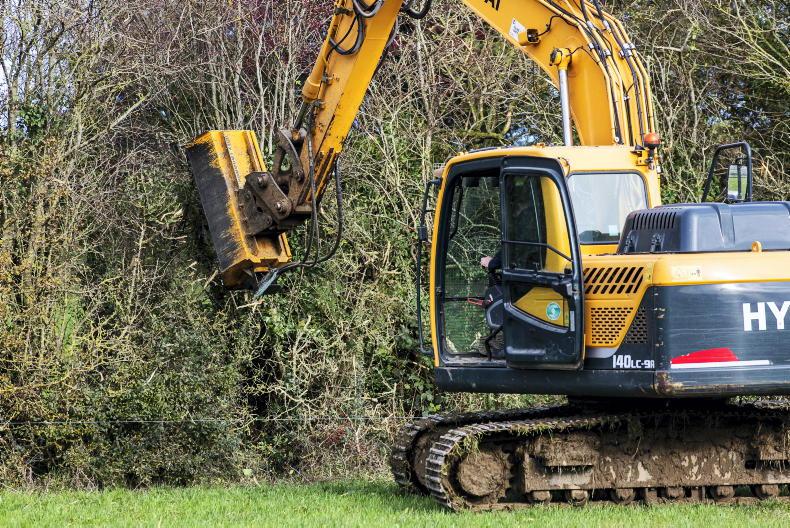
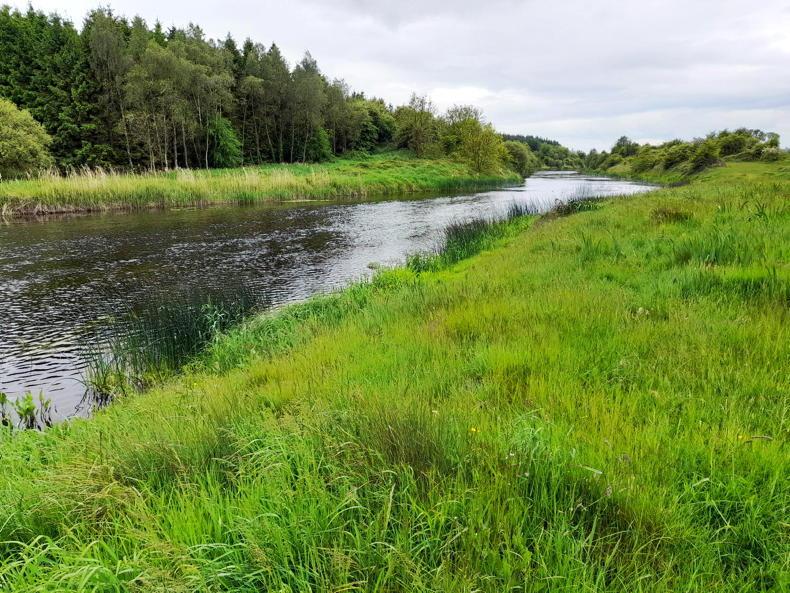

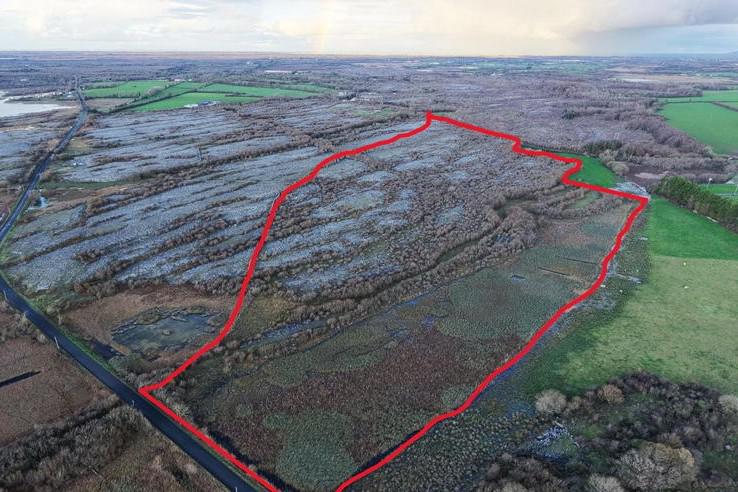
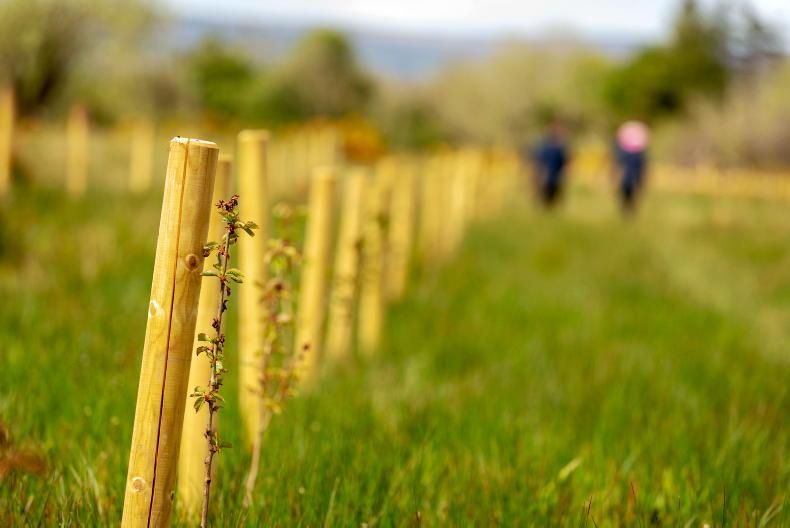
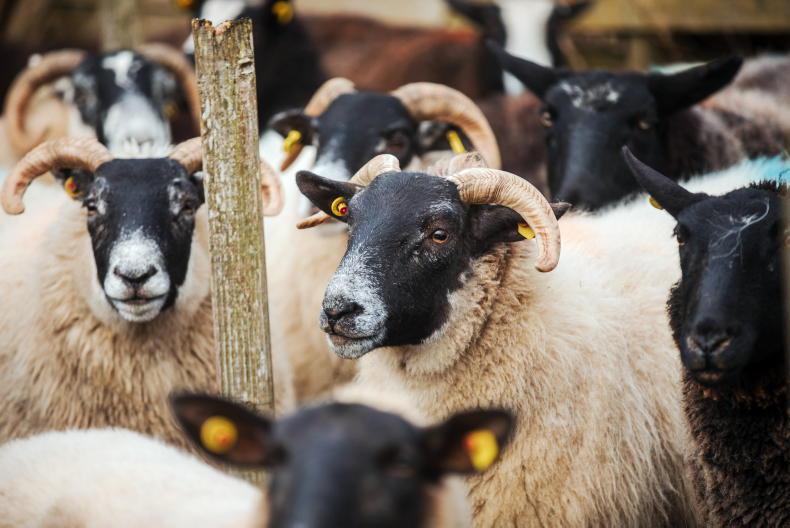
SHARING OPTIONS